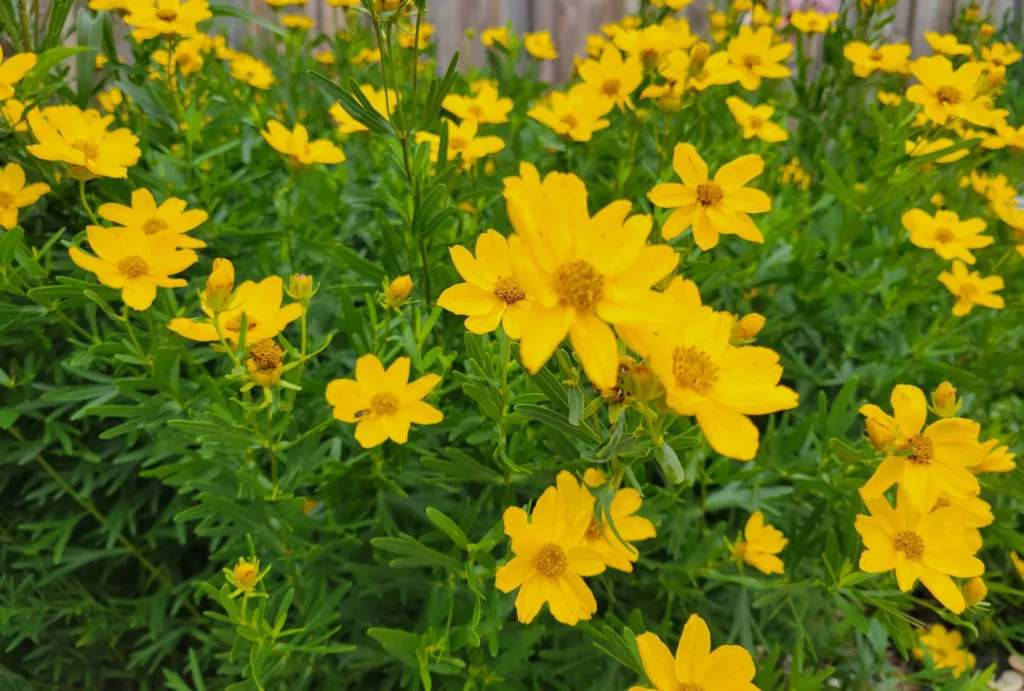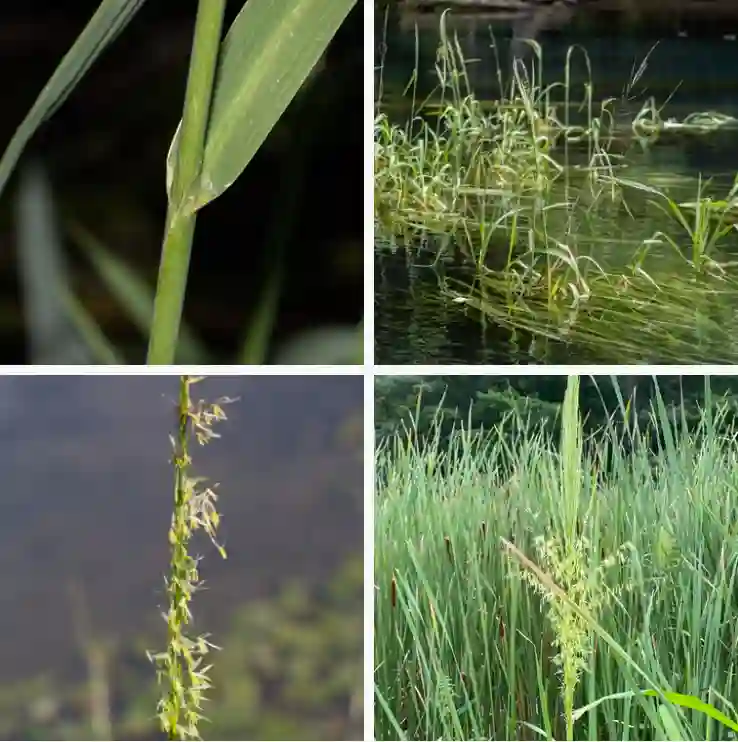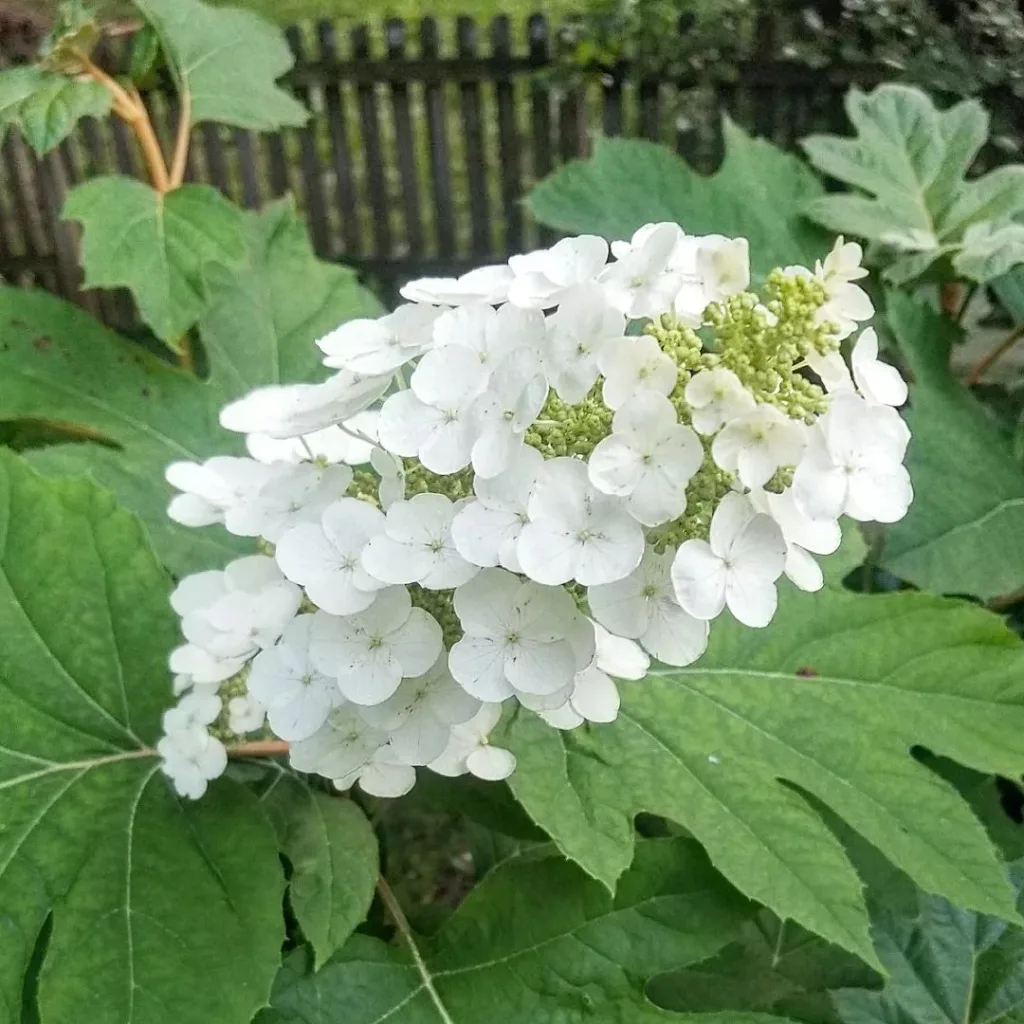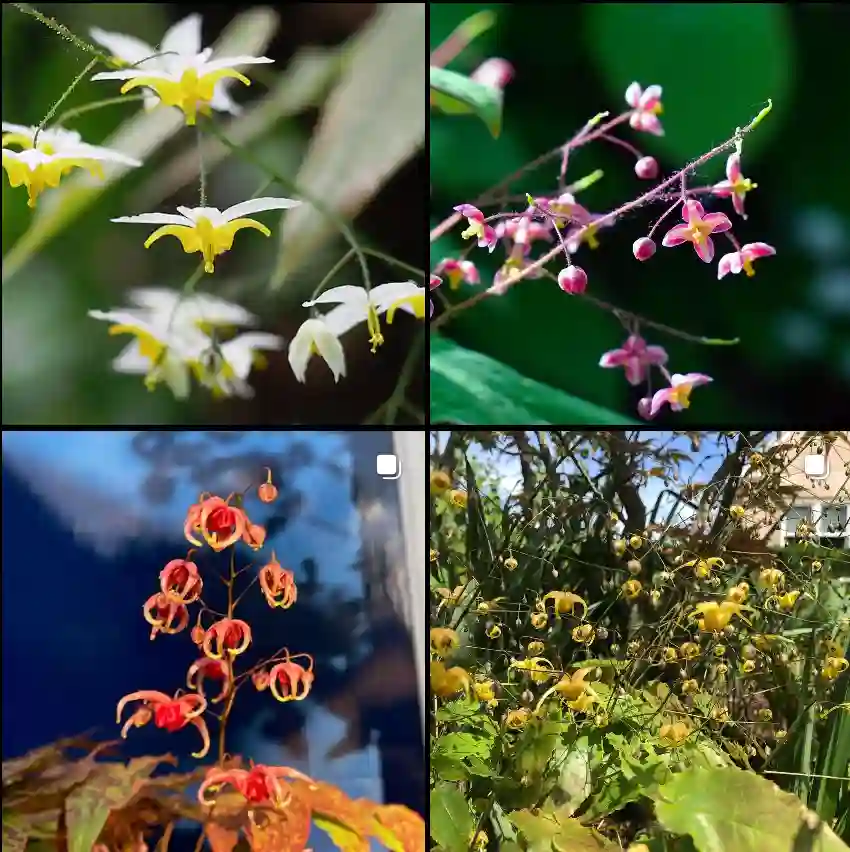The Bizarre Beauty of Hydnora: A Plant That Lives Underground
I’ve always been fascinated by the strange and unusual, especially when it comes to the natural world. So when I first encountered Hydnora, a genus of parasitic plants that live almost entirely underground belong to the family Aristolochiaceae, I was immediately hooked. These plants are so bizarre, they look like they belong on another planet. Imagine a fleshy, flower-like structure emerging from the soil, smelling faintly of rotting meat. That’s Hydnora.
These plants are the ultimate survivors, thriving in some of the harshest environments on Earth. They’ve evolved to become masters of deception, luring in pollinators with their putrid scent and trapping them temporarily to ensure pollination. It’s a macabre dance of survival, and I find it utterly captivating.
What Makes Hydnora So Unique?
Hydnora are holoparasites, meaning they completely depend on their host plants for survival. They lack chlorophyll and cannot photosynthesize, so they obtain all their nutrients and water from their host. This unique lifestyle has led to some fascinating adaptations.
For instance, their vegetative body is reduced to a network of fleshy, root-like structures that attach to the roots of their hosts. The only part of the plant that emerges above ground is the flower, which is thick, fleshy, and often brightly colored. This flower is a marvel of evolutionary engineering, designed to attract pollinators and ensure the plant’s reproduction.
A Closer Look at the Species
The genus Hydnora comprises several species, each with its own unique characteristics and distribution. Here are:
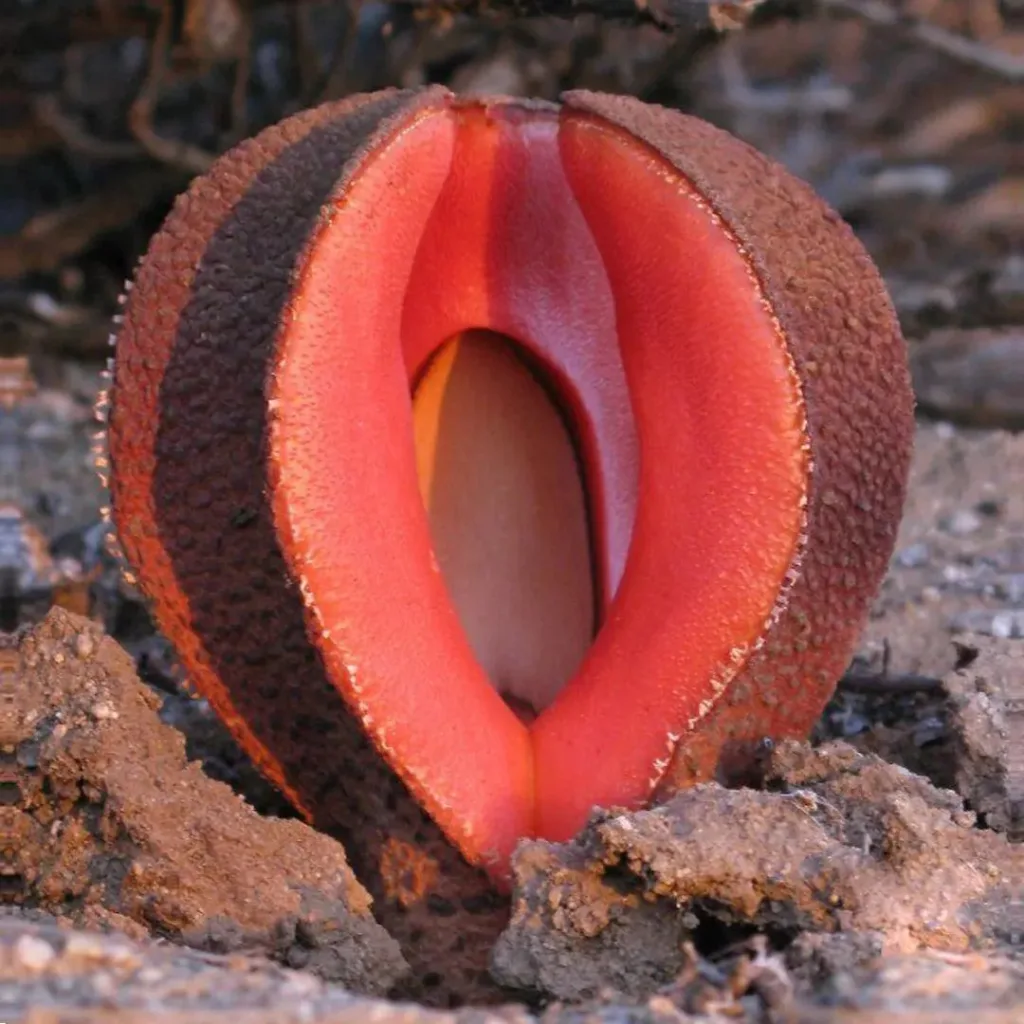
- Hydnora africana: This species is perhaps the most well-known, found in southern Africa. It parasitizes members of the Euphorbiaceae family and produces a large, fleshy flower with a reddish-brown color. – Plant FAQs: Hydnora Africana
- Hydnora visseri: This recently discovered species is found in Namibia and parasitizes Euphorbia species. It is characterized by its unique flower shape and coloration.
- Hydnora esculenta: This species is found in Madagascar and is known for its edible fruit, which is said to taste like a pineapple.
- Hydnora arabica: This species is found in the Arabian Peninsula and parasitizes different host plants.
- Hydnora abyssinica A.Br.
- Hydnora sinandevu Beentje & Q.Luke
- Hydnora triceps Drège & E.Mey.
The Pollination Strategy of Hydnora
One of the most fascinating aspects of Hydnora is its pollination strategy. These plants employ a technique known as brood-site mimicry, where they mimic the nesting sites of certain insects to attract them. The flowers emit a foul odor, similar to that of rotting meat or dung, which attracts carrion beetles and dung beetles.
These insects, believing they have found a suitable place to lay their eggs, enter the flower. However, they soon find themselves trapped as the flower’s internal structure prevents them from escaping. The insects are covered in pollen while trapped, and once the flower opens fully, they are released to carry the pollen to other flowers, ensuring the plant’s reproduction.
The Importance of Conservation
Despite their bizarre appearance and parasitic lifestyle, Hydnora play a vital role in their ecosystems. They help control the populations of their host plants and provide a food source for various animals. However, these plants are facing increasing threats due to habitat loss and over-collection. It’s crucial that we take steps to conserve these fascinating plants and ensure their survival for future generations.
My Continued Fascination
My journey into the world of Hydnora has been an eye-opening experience. It’s a reminder that the natural world is full of surprises and that even the most unusual organisms have a vital role to play. I’m eager to continue learning more about these fascinating plants and contribute to their conservation.
The more I delve into the world of botany, the more I realize how interconnected everything is. Hydnora, with its unique adaptations and survival strategies, exemplifies the resilience and ingenuity of life on Earth. It’s a testament to the power of evolution and a source of endless fascination for a curious mind like mine.
If i die, water my plants!
